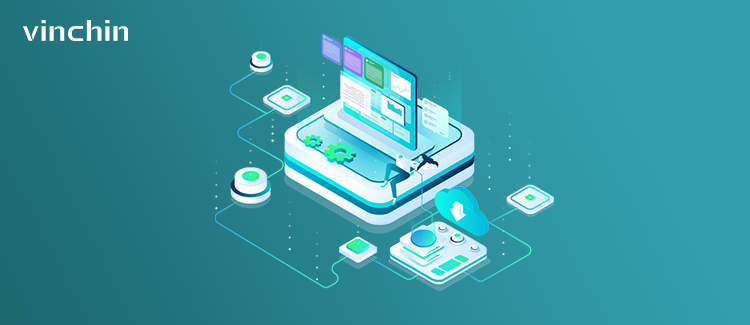
physical server to XenServer

Physical server to XenServer; Virtualization is an important part of modern IT infrastructure due to its increased resource utilization and flexibility. By deploying a Type 1 or Type 2 hypervisor on the physical server. You can create multiple virtual machines with different operating systems at the same time to achieve diverse business goals. Since enterprise-grade IT operating requirements and preferences vary across industries and enterprise scales. There are many virtual platform vendors, bringing their own advantages in specific areas, among which users can choose. Of all the products on the market, XenServer (currently Citrix Hypervisor) is definitely one of the most popular options.
Why choose XenServer?
XenServer is a powerful open source virtual platform that allows users to easily create their own scalable virtual environments through a centralized management console, XenCenter. It is based on Xen Hypervisor, a type 1 hypervisor that runs directly on physical hardware without the need to first install a host operating system. Due to their direct access to hardware resources, higher-level virtual machines can be more efficient.
XenServer offers free and commercial editions suitable for users with different needs and budgets. The free edition contains most of the basic features including multi-server management, VM live migration, shared storage connectivity, etc., while the commercial editions offer more advanced features such as Active Directory integration , dynamic memory control, and high availability (HA) for more flexible virtualization. machine operations. For a more detailed edition comparison of XenServer, you can refer to the official Citrix docs online.
Installing XenServer is so simple that it usually only takes users about 10 minutes to figure things out. If you are currently still using physical servers but are trying to go from physical to virtual, in an effort to efficiently manage Windows and Linux systems, then XenServer may be your best option.
After choosing the right virtual platform, another problem may arise here: what if I want to migrate my old business data directly to the new XenServer virtual machines? Is there a way to achieve the goal? Well, Citrix offered a solution for users who had the same question: XenConvert.
What is XenConvert?
XenConvert is a P2V conversion tool provided by Citrix to help users convert computing workloads from servers or workstations running Windows to virtual machines, virtual appliances, virtual disks, or virtual disks connected to Provisioning Services on XenServer.
XenConvert is very easy to use, it will run on the Windows physical server and convert the disk to a disk image in VHD (Virtual Hard Disk) format, or an XVA template that can be imported into the XenServer host.
However, as useful as XenConvert is, Citrix chose to deprecate it several years ago and it is no longer available for download from the official site.
What are XenConvert alternatives for P2V?
Also, since XenConvert only supports P2V migration of Windows servers. If your desired migration destination is a Linux server, you might need another method to do it anyway.
The first most common workaround is to image the physical server with Clonezilla. It Creates a new VM on the XenServer host, and restore the image files to the new XenServer VM.
For the second solution, you can first convert the physical server to a VMware virtual machine with VMware Converter Standalone or a Hyper-V virtual machine with Disk2vhd, export as VHD and import it into XenServer.
Vinchin Backup & Recovery is a highly compatible all-in-one virtual machine backup solution that supports more than 10 virtual platforms. Including XenServer, so you can start full XenServer protection after a few clicks in a centralized web console. .
LAN-free backup
Backup of XenServer virtual machines can be transferred over Storage Area Network (SAN). Without consuming production network resources during business hours, reducing backup windows security for important virtual machines.
Permanent Incremental Backup
Vinchin Backup & Recovery can perform permanent incremental backup starting with an initial full backup, designed for users who want to save backup storage more efficiently.
Deduplication and Compression
Vinchin Backup & Recovery’s two powerful data reduction techniques can work well with VM backup.
Conclude
XenServer is a powerful open source virtualization solution suitable for enterprise-level users who want to create a scalable and agile computing environment. If you plan to move your workloads to a virtual platform, XenServer can be a great option. This blog introduces some methods suitable for Windows and Linux systems. Moreover to help you migrate data from physical servers to XenServer. Which has the disadvantage of the deprecated XenConvert which only supports P2V migration of Windows servers.
For data protection after migration, Vinchin Backup & Recovery can be a useful tool for this. Which works as a highly compatible all-in-one solution. That offers a wide range of virtual machine backup and restore features. That makes it easy to backup XenServer and recover virtual machines.